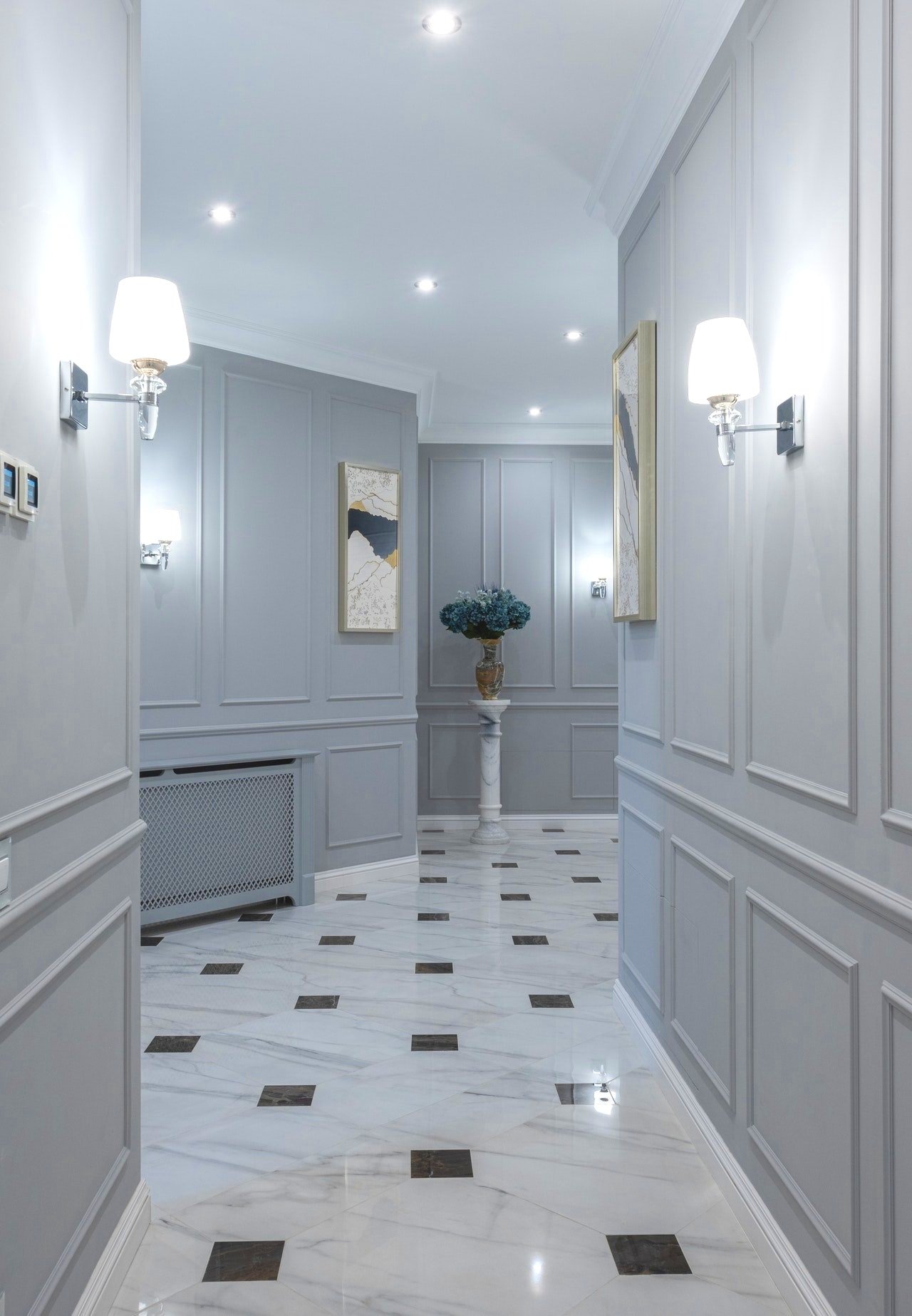
Photo by Dayvison de Oliveira Silva from Pexels
Rod Collman AIA, President, sdg Architecture

By keeping pace with contemporary treatment methods, architecture firms can design buildings that meet the needs of memory care, enhancing the quality of life of residents. Emily Study, Content Marketing Specialist at International Medical Group, addressed the role of art and interior design in the wellbeing of patients with dementia in an article for Senior Housing News titled 3 Must-Haves in Designing for Dementia Care.
“A surge in memory care construction is bringing more competition into the space, dragging senior living designers back to the drawing board to create stand-out communities.
“Knowing how this demographic of senior living navigates and sees the world around them is an important factor to consider when designing spaces that will not only meet their needs but enhance their well-being.”
So, what are the 3 Must-Haves in Designing for Dementia Care? The article looks at how two providers, the LaSalle Group’s nationwide Autumn Leaves properties and Capri Communities’ Mätterhaus Memory Care Community, employ them in the innovative design of their memory care communities.
Wandering Encouragement
The article reports that six out of ten dementia patients tend to wander. Encouraging wandering using strategically placed artworks and selective colors on walls and furnishings can help stimulate memory and guide them on journeys of discovery, curiosity and thought. Recognizing the importance of wandering for these patients, Autumn Leaves placed artworks off-center at the ends of hallways to encourage curiosity to see the artwork and then discover the next hallway.

Photo by Max Vakhtbovych from Pexels
In the article, Nicole Gray, director of design at Winfield Design, LLC, LaSalle Group’s design division, notes the benefits. “Walking exercises help stimulate [residents] so they have more energy, but also when they have more energy, they become more hungry,” says. “That’s a huge factor for us — to encourage eating.”
The designers of Mätterhaus Memory Care approached the dead-end hallway issue in another way.
Study wrote, “PDC Midwest designed the community in the shape of a figure-eight or double racetrack with the kitchen, dining area and living room at the intersection of the two loops. In the center of one loop is a common room focused on music; in the other loop’s center is a multisensory area incorporating elements of Snoezelen therapy…And along the perimeter are resident rooms.”
Themed Wings
The article defines Themed Wings as corridors and associated areas that each have their own color and design. Additionally, she says that the use of local art is a way to help residents recognize their hometown.
“At most Autumn Leaves properties, the four themed wings are Music, Harbors, Cities and Gardens, which all have a designated color and design scheme,” wrote Study. Like Autumn Leaves, Mätterhaus properties also have themed wings. City Side and Country Side offer familiar décor and local art chosen from the community to help residents stay connected with the place where they live.
Sensory Stimulation

Photo by Marcus Lange from Pexels
Sensory stimulation encounters and activities for people with neurocognitive disorders can include each of our five senses: Seeing, Hearing, Touching, Tasting and Smelling, reducing behavioral and psychological symptoms of Alzheimer’s Disease and other dementias.
“Implementing design elements that increase sensory stimulation has become an important part of memory care construction. Several years ago, research found that displaying tanks of brightly colored fish may curtail disruptive behaviors and improve eating habits of people with dementia,” wrote Study. The research indicated that residents exposed to the fish tanks appeared to be more “relaxed and alert” and their food consumption rose by 17.2%. Autumn Leaves installed aquariums that are visible in their dining area with comparable results.
Mätterhaus’ Snoezelen controlled multisensory environment (MSE) uses use light, sound, scents, and music to promote relaxation, wandering and wellbeing for their memory care residents. Snoezelen rooms allow residents to guide their own therapy. Additionally, the other half of the room provides activities to address “sunsets,” the tendency for some with dementia to become agitated late in the day. Each person has a basket with items to interact with to remind them of past places, improving cognitive abilities and dexterity.
Given the breakthroughs in therapies and the numbers of potential memory care patients likely in the coming years, it is incumbent upon designers to imagine architectural environments that foster stimulation, curiosity and a feeling of independence for their residents.
Be the first to comment